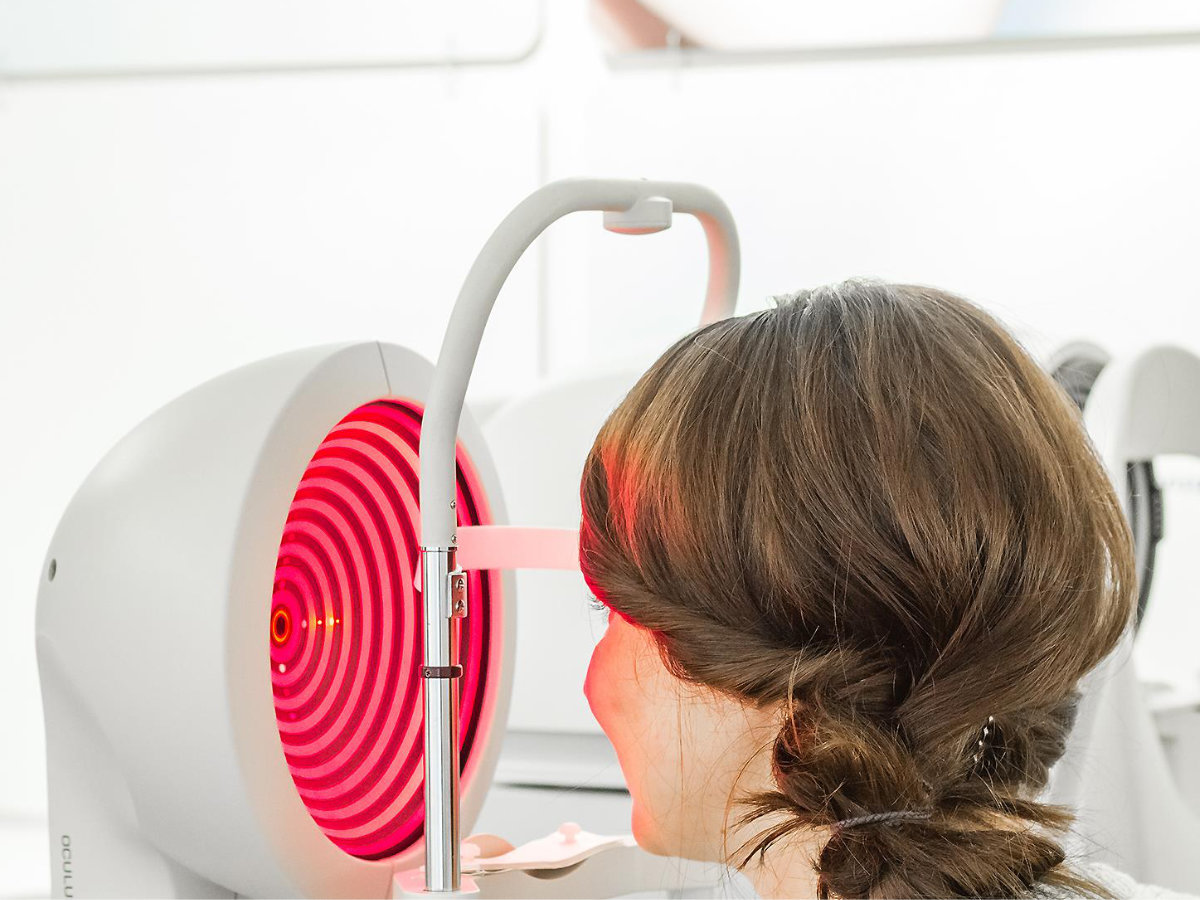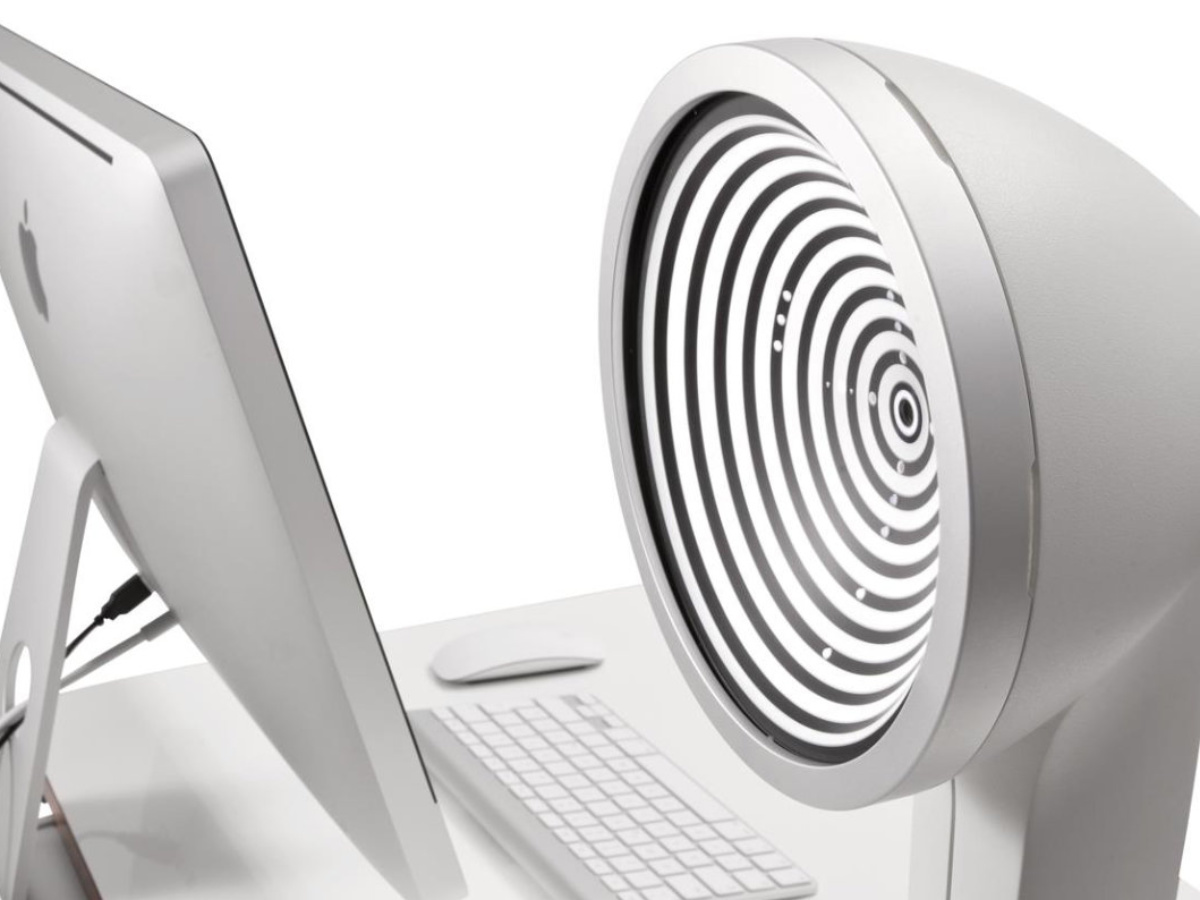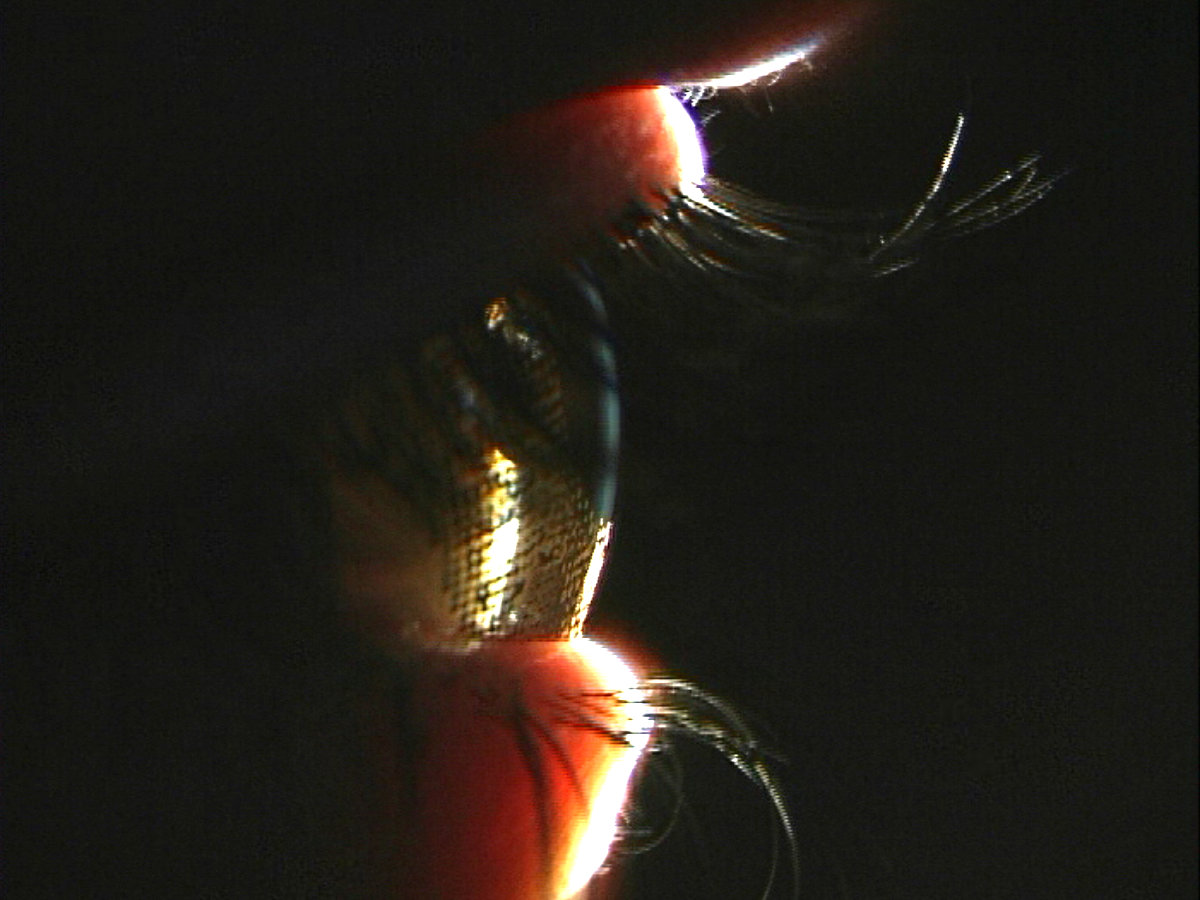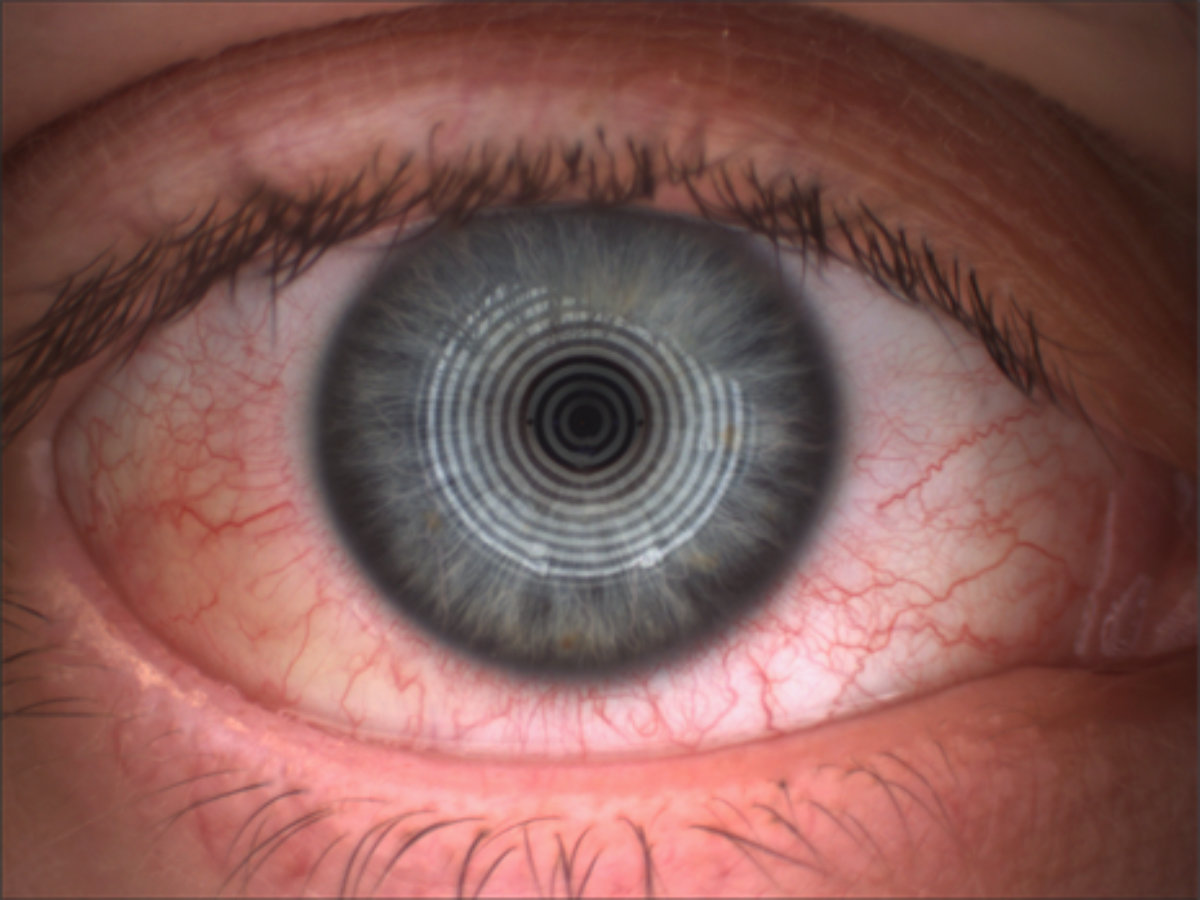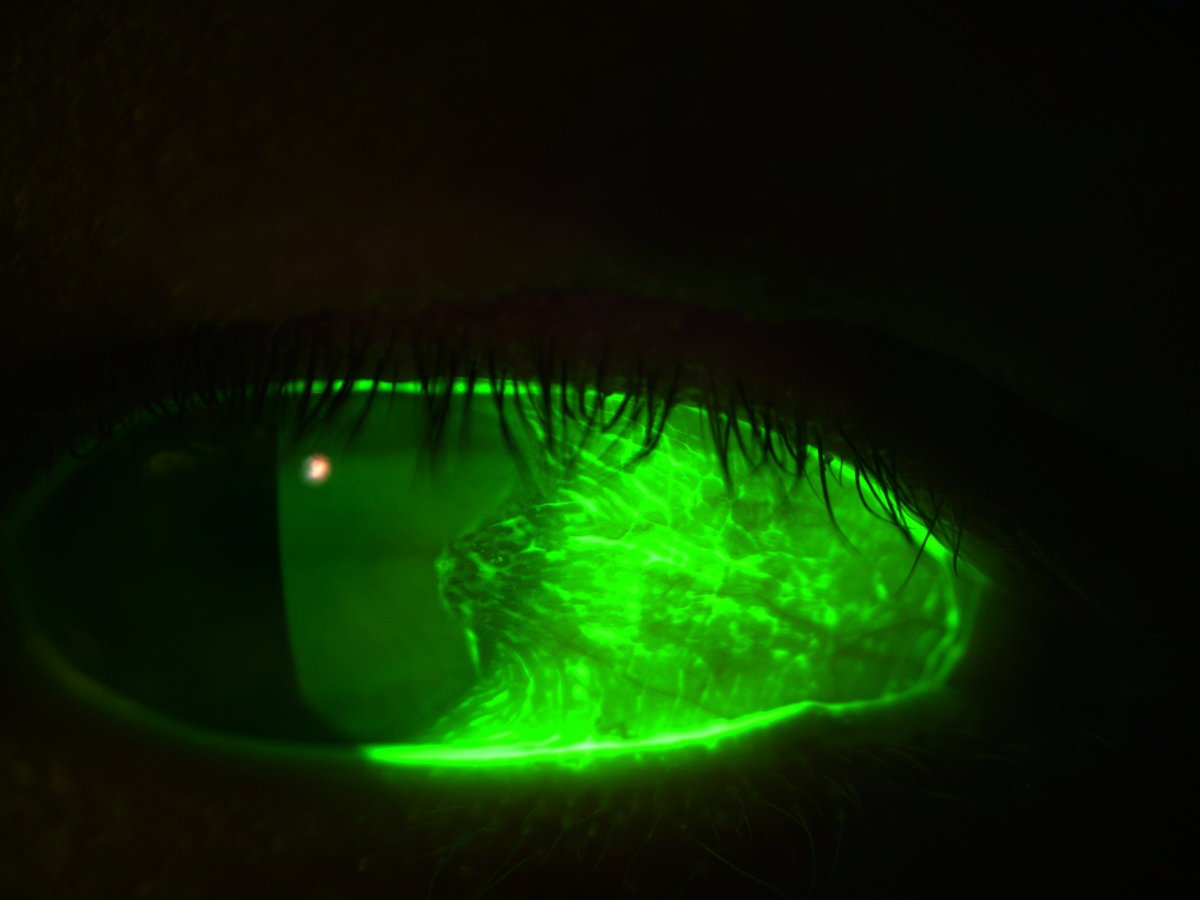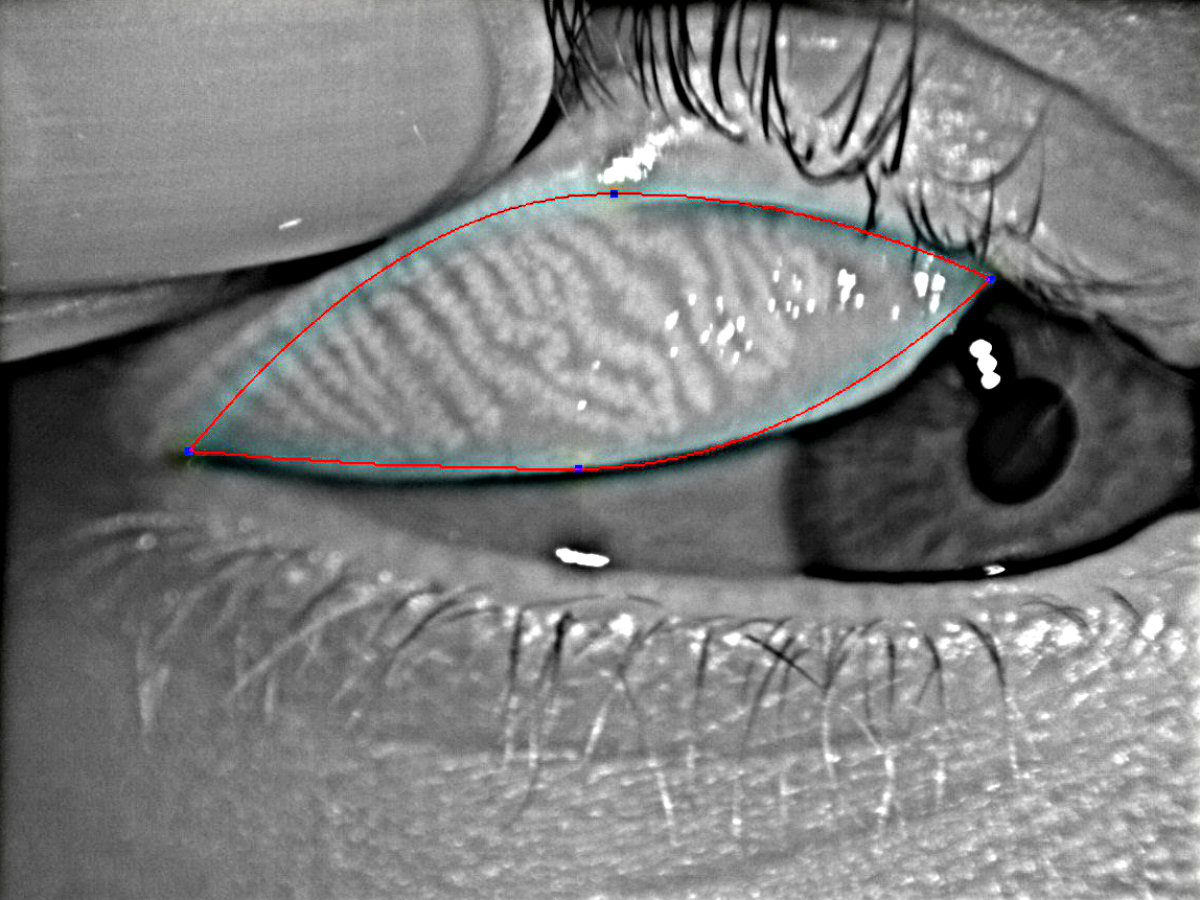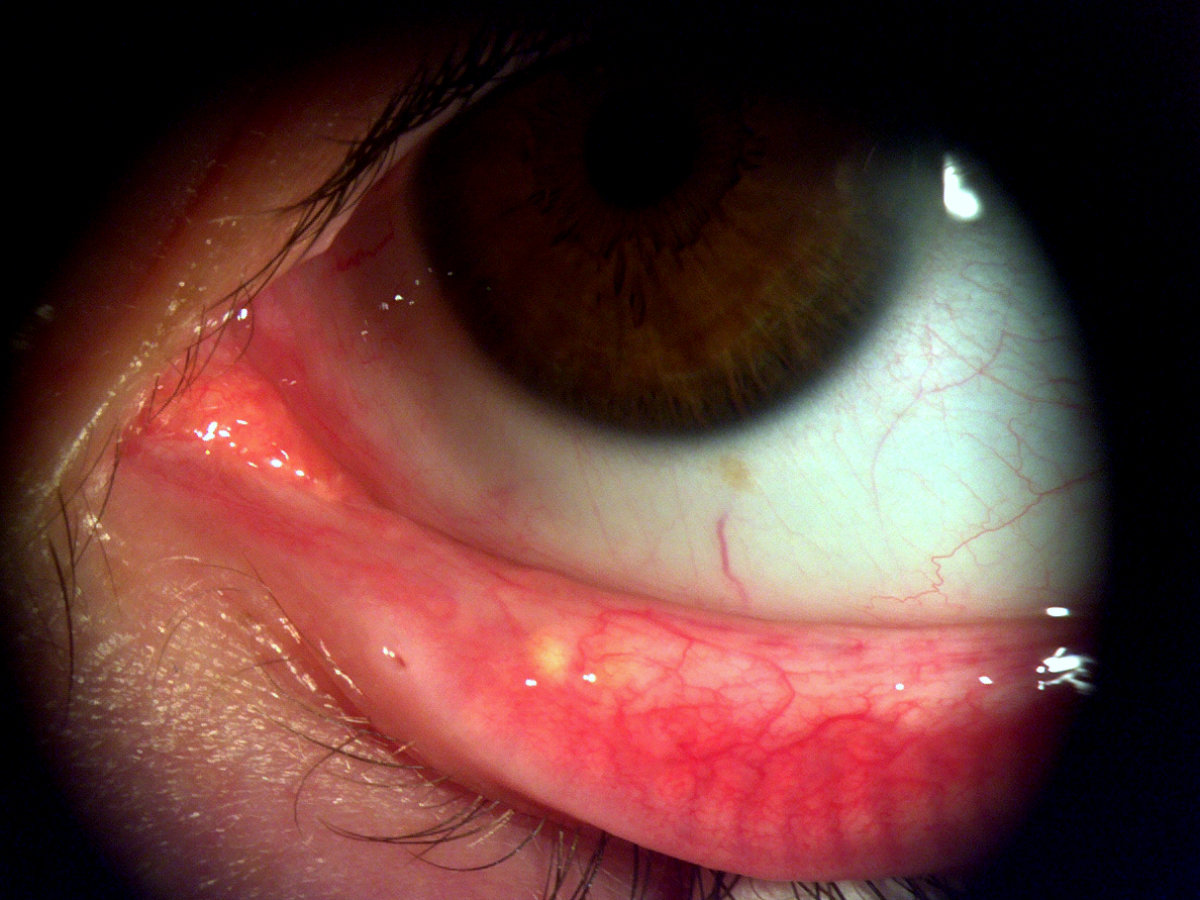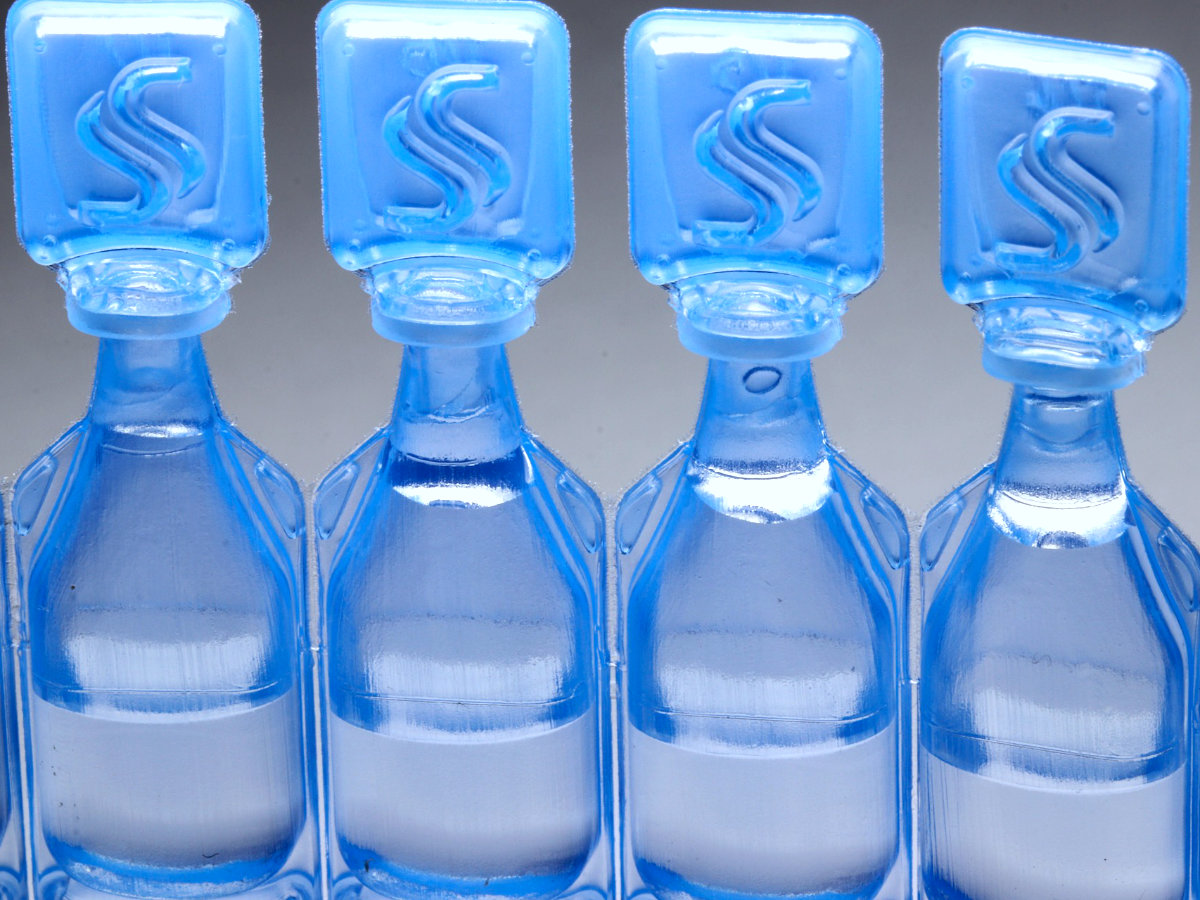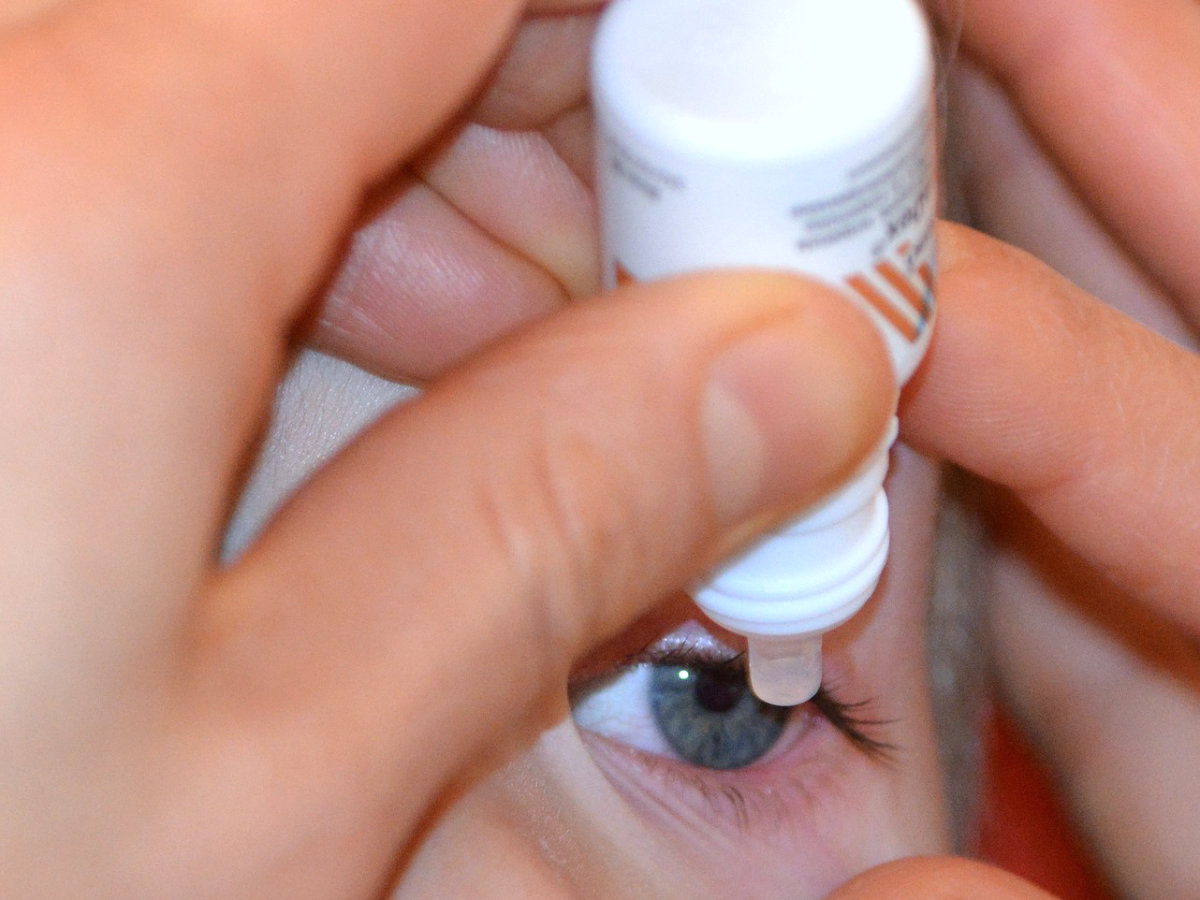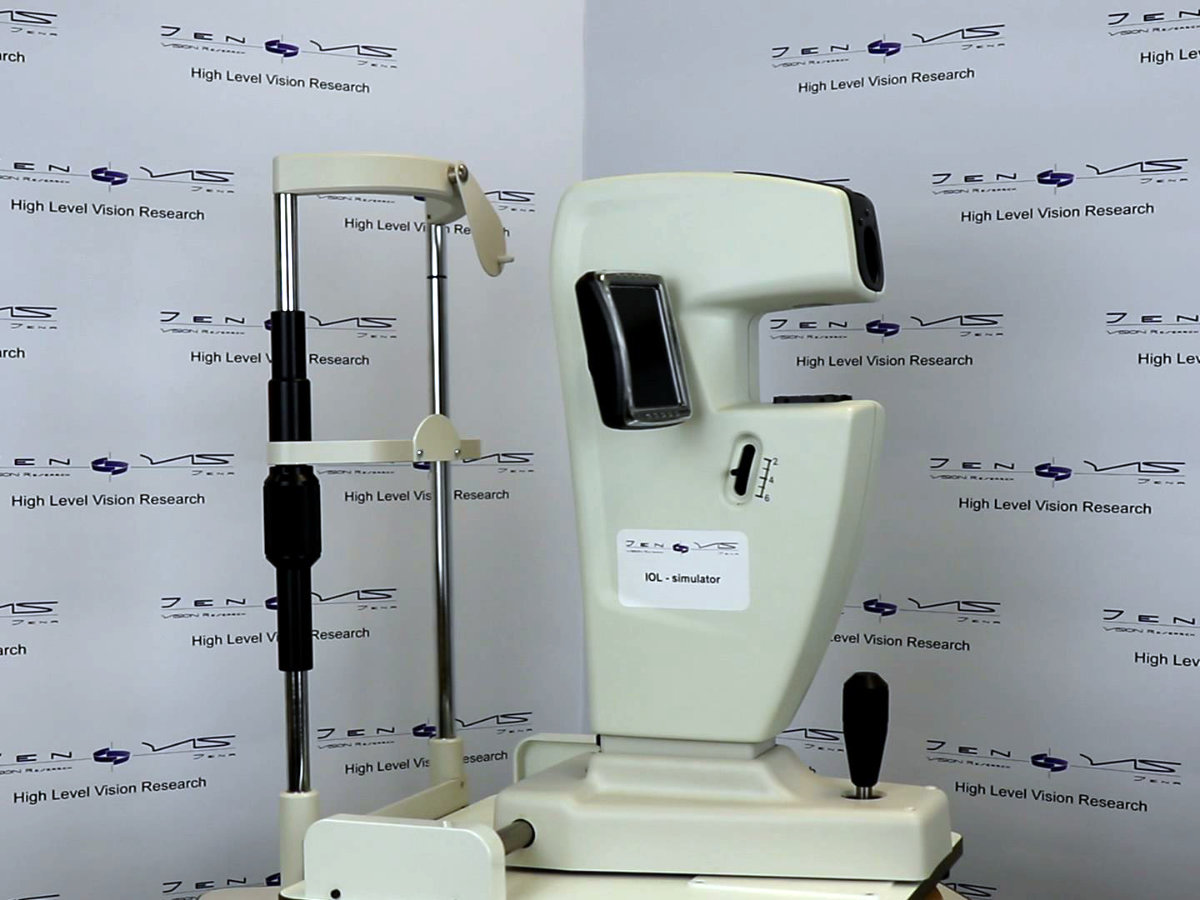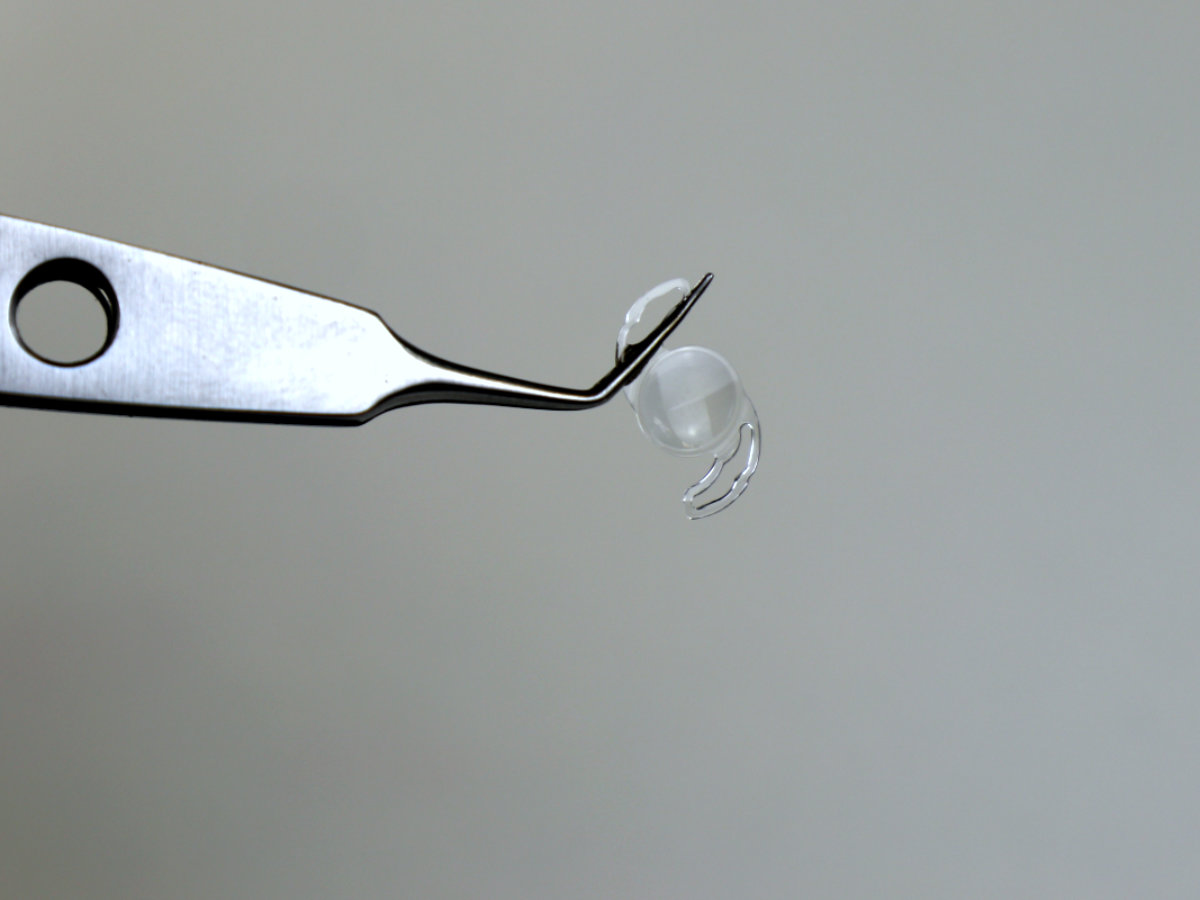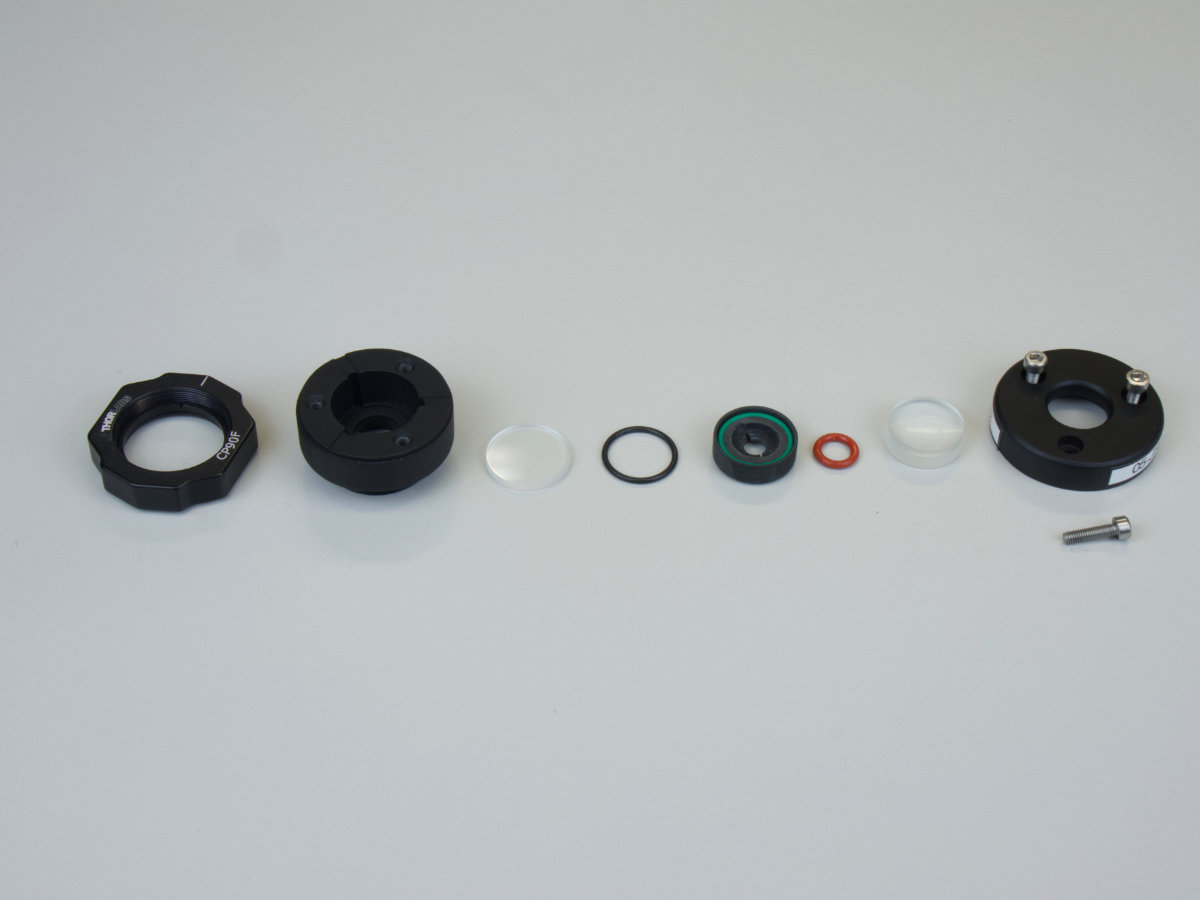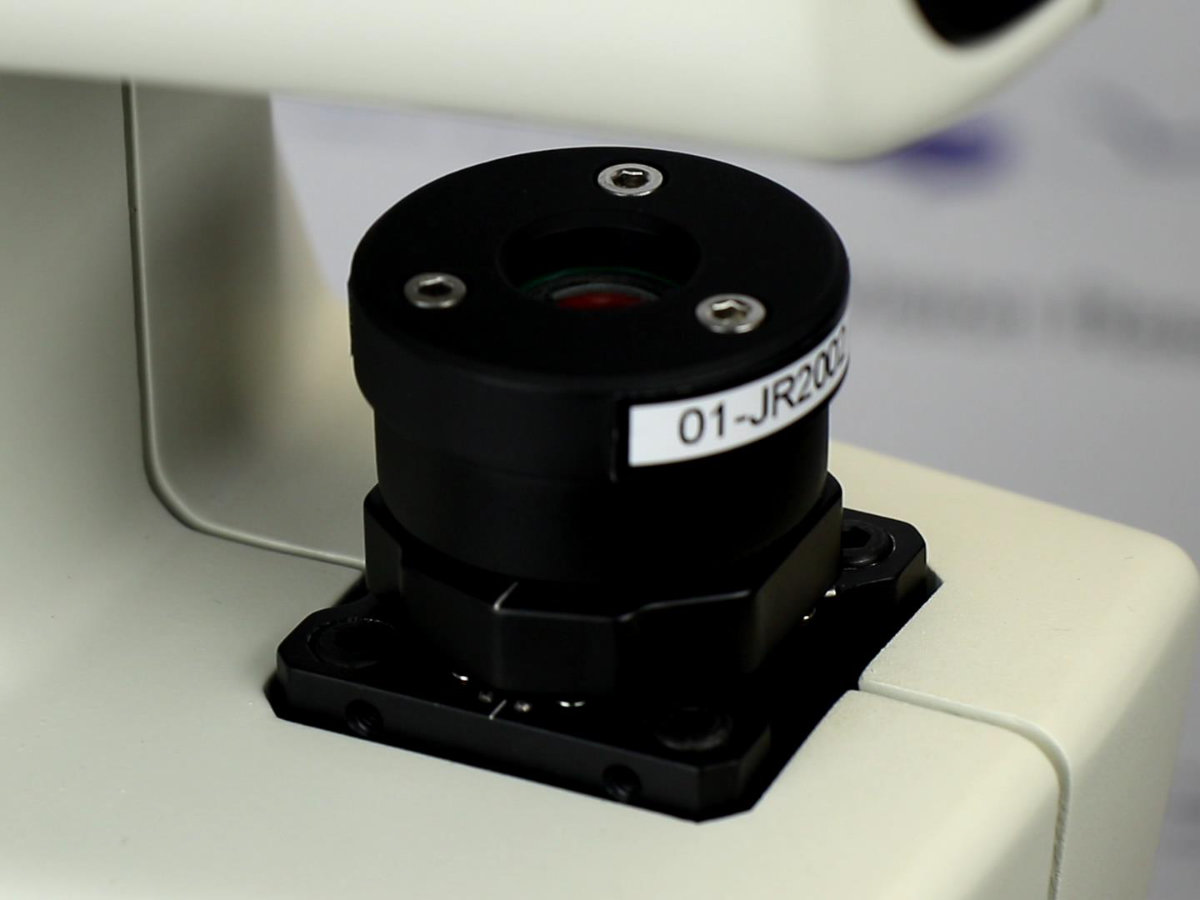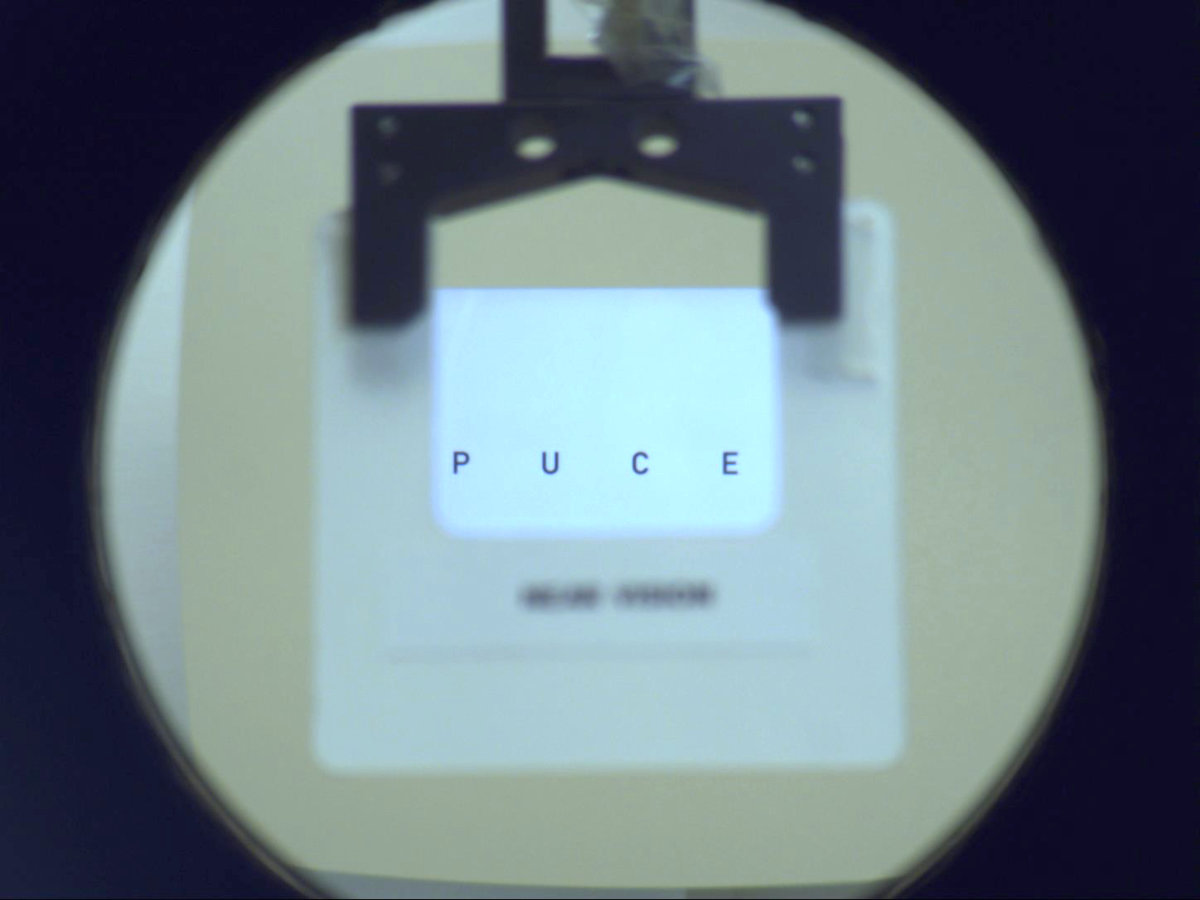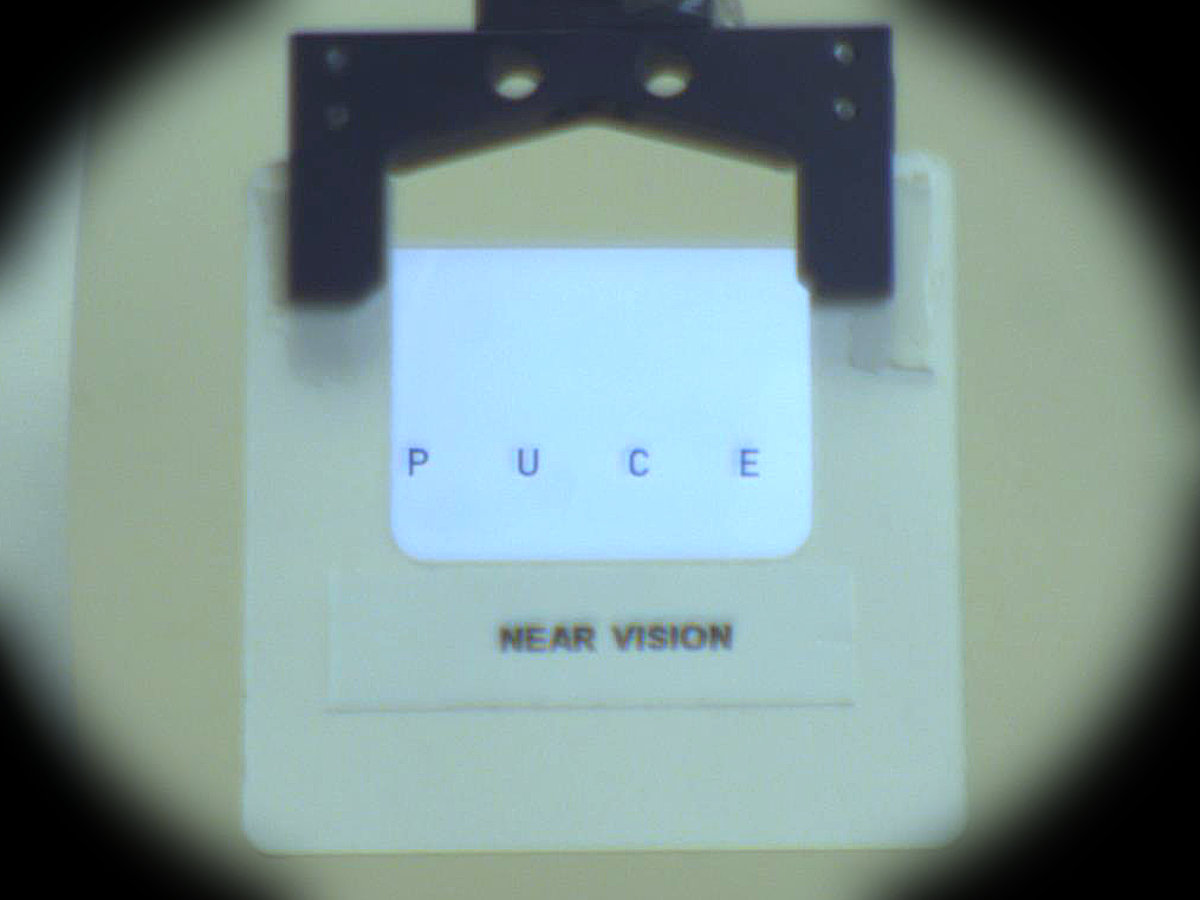Experience and expertise
The execution of studies with test persons requires experience, comprehensive preparation and a lot of knowledge about the measurement procedure and the evaluation of results. Our team has the necessary knowledge in all these points.Safety first
The safety of our study participants is our top priority and is ensured through constant contact with the local ethics committee. Each study is preceded by comprehensive educational discussions and the consent of each participant.Specific Criteria
By means of inclusion and exclusion criteria defined in advance and study specific documents, we ensure that each measurement is performed in an identical and comparable manner. Thus, we ensure the highest level of results.We offer clinical studies in the following main areas
Fields of Clinical Studies
Contact Lens Performance
Clinical studies on the subject of contact lenses enable a wide range of different examinations. New materials can be compared with existing materials, realistic wearing tests can be observed over a defined period of time, or the wetting of contact lenses can be examined under realistic conditions. At the same time, comprehensive examinations are carried out during the individual appointments to ensure the health of each study participant.
With the available technology and laboratories we are able to perform a large portfolio of different measurements:
- Visual performance (visual acuity, contrast, color vision)
- Evaluation of the anterior segment of the eye (redness, quality of the corneal surface, ...)
- quality of contact lens wetting
- Assess and quantify contact lens and eye interaction
- Subjective questionnaires (comfort, wearing time, dry eye, ...)
- Interaction of contact lens wetting and visual performance
- Which contact lens material shows the best wetting under realistic conditions ?
- Which contact lens material shows the greatest comfort after a defined period of wear ?
- Are there any differences in contact lens wetting between subjects with dry eye and subjects without dry eye?
- Can the contact lens wetting be improved with tear substitutes?
- What influence does the contact lens material have on the degree of redness of the eye?
The course of clinical studies varies according to the research question and includes different dates. The questions of possible clinical studies could be as follows:
Dry Eye
Dry eye syndrome is a multi-factor disease with many symptoms and disorders: itchy eyes, burning eyes, tired eyes and many more. It is crucial for ophthalmologists and optometrists to use appropriate equipment for effective diagnosis and treatment as well as to check the progress of treatment(s).
With our technology and long term experience we are able to investigate:
- Quality and Quantity of the tearfilm
- Bulbar redness
- Limbal redness
- Subjective questionaires
- Quality and Quantitiy of the Meibomian Glands
- Lipid layer quality
- Quality of the cornea of the eye
- Lid margin
- Is there a clinical significant improvement of dry eye symptons using specific dry eye medication?
- Is there a clinical significant difference in tear film quality in a group comparison Dry Eye vs Non Dry Eye?
- Which contact lens material shows best performance in dry eye subjects?
The course of clinical studies varies according to the research question and includes different dates. The questions of possible clinical studies could be as follows:
Intraocular lens Performance
Surgery of cataract is one of the most common ones by exchanging the natural opaque endogenous lens and replace it with a modern intraocular lens (IOL). Unfortunatelly, IOL studies take a long time due to surgery process, dropouts of patients and unforseen issues. To fasten up studies and development of IOL optics, the VirtIOL has been developed. After assembling a real IOL into an artifical eye, it is possible to focus the optic of the IOL onto the retina of a real cyclopleted patient without any surgery or implantation.
With the modern VirtIOL and the virtual implantation of IOL we are able to determine the following parameters and aspects:
- objective performance of IOL (contrast, depth of focus)
- subjective performance of IOL (visual acuity, contrast, visual comfort, glare, halos)
- fast comparison of different IOLs
- performance of IOL in different real life situations (daylight, simulation of road traffic, glare performance)
- subjective comfort with different types of IOL filter
- performance of IOL for different target distances (far sight, interim sight, near sight)
- Which intraocular lens shows least glare and halo during night situations?
- Is there a difference between different optics of intraocular lenses for far sight and near sight situations?
- Which intraocular lens shows best subjective performance for visual requirements (visual acuity, contrast, color vision)

